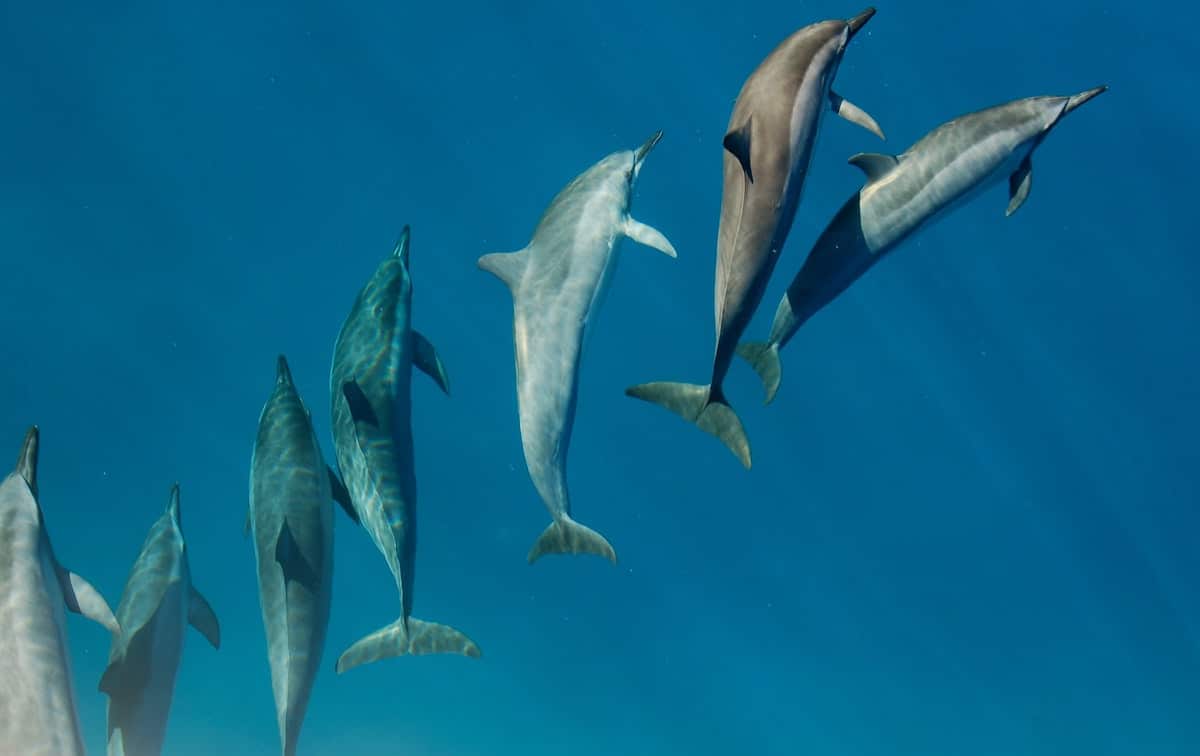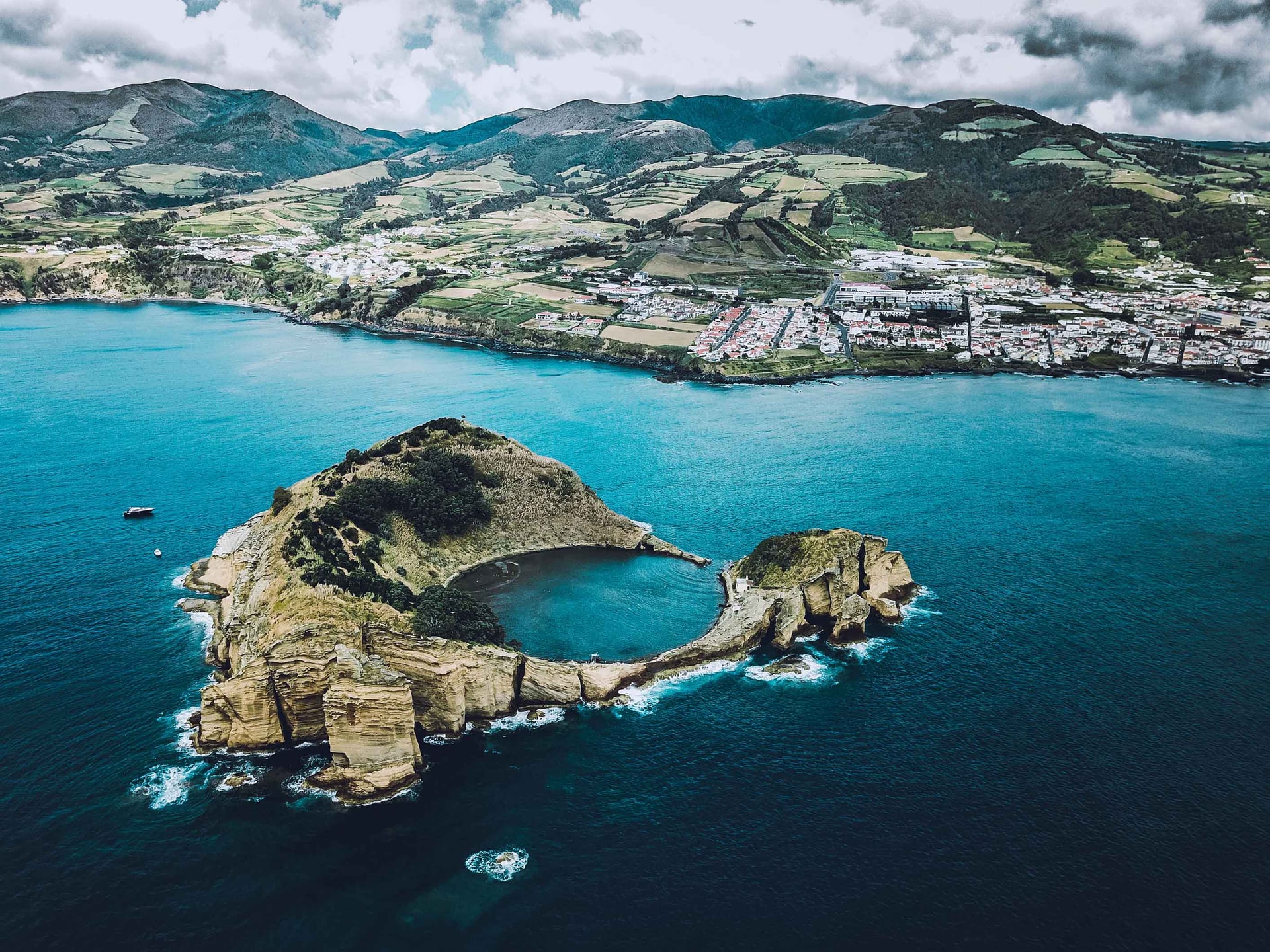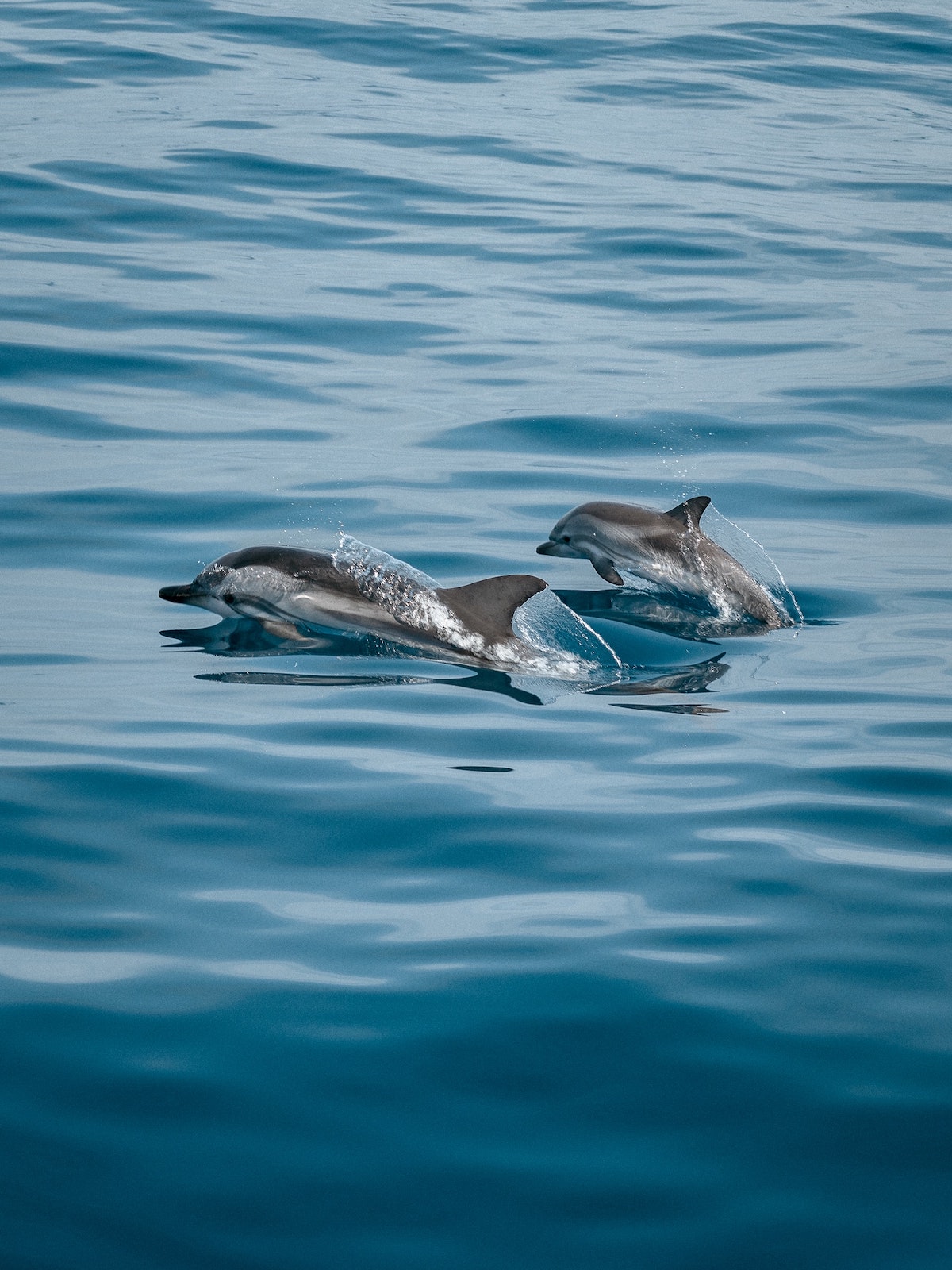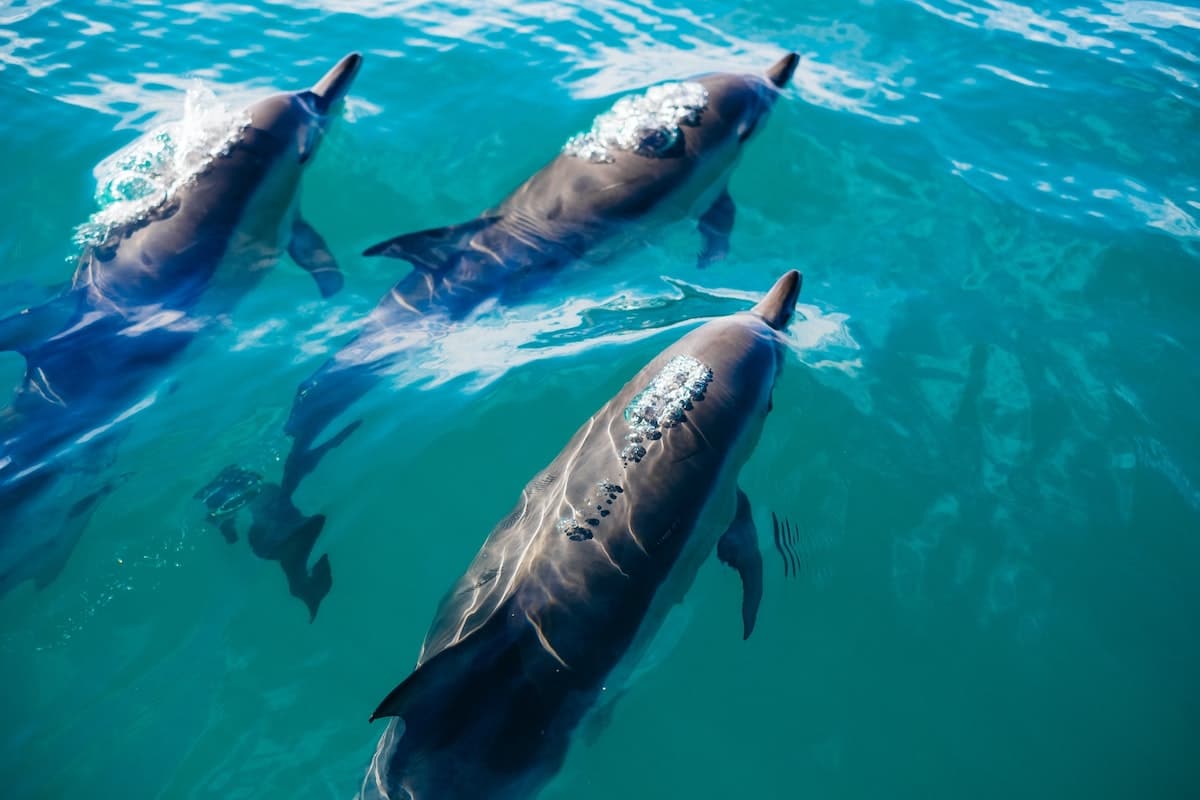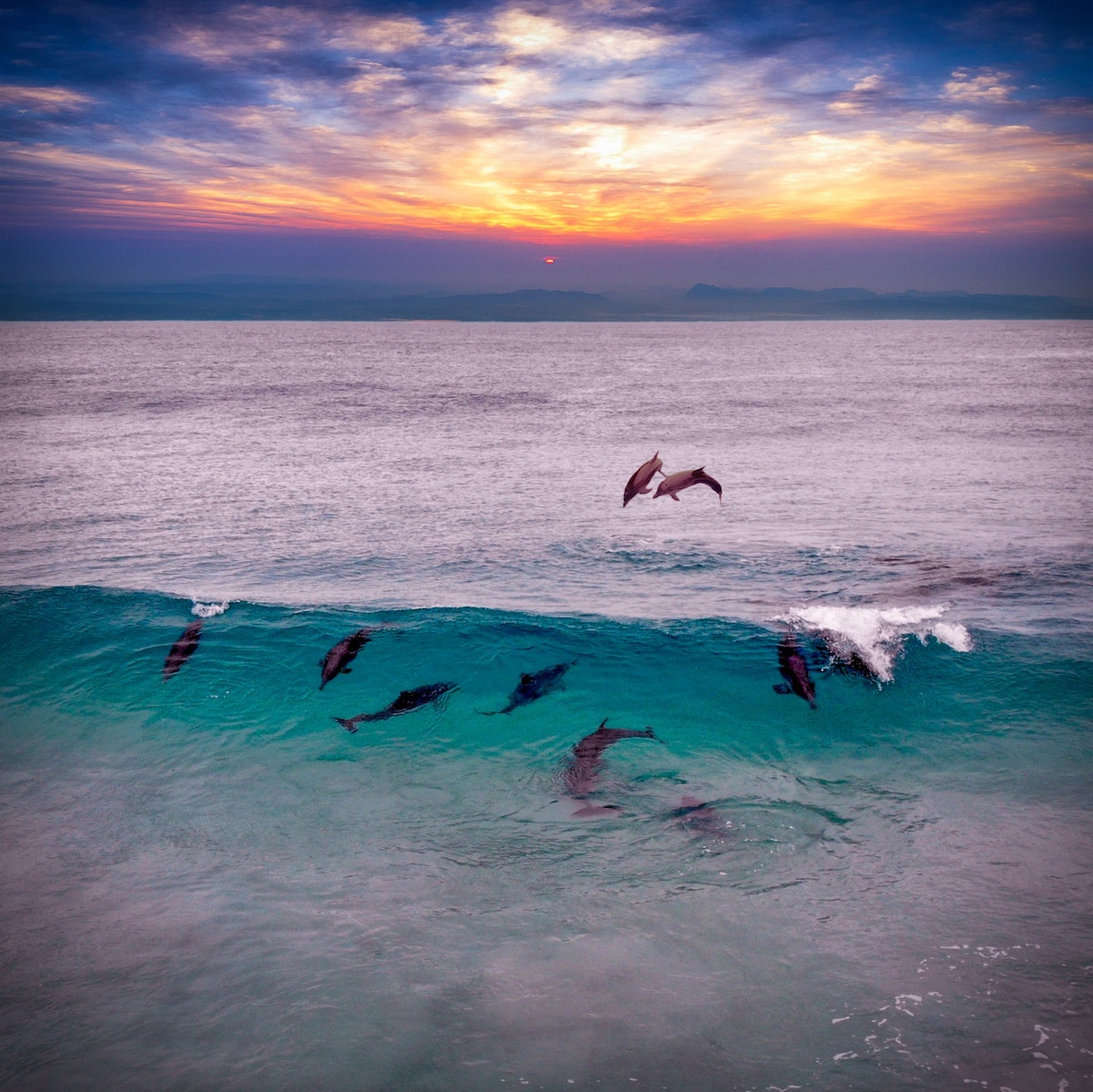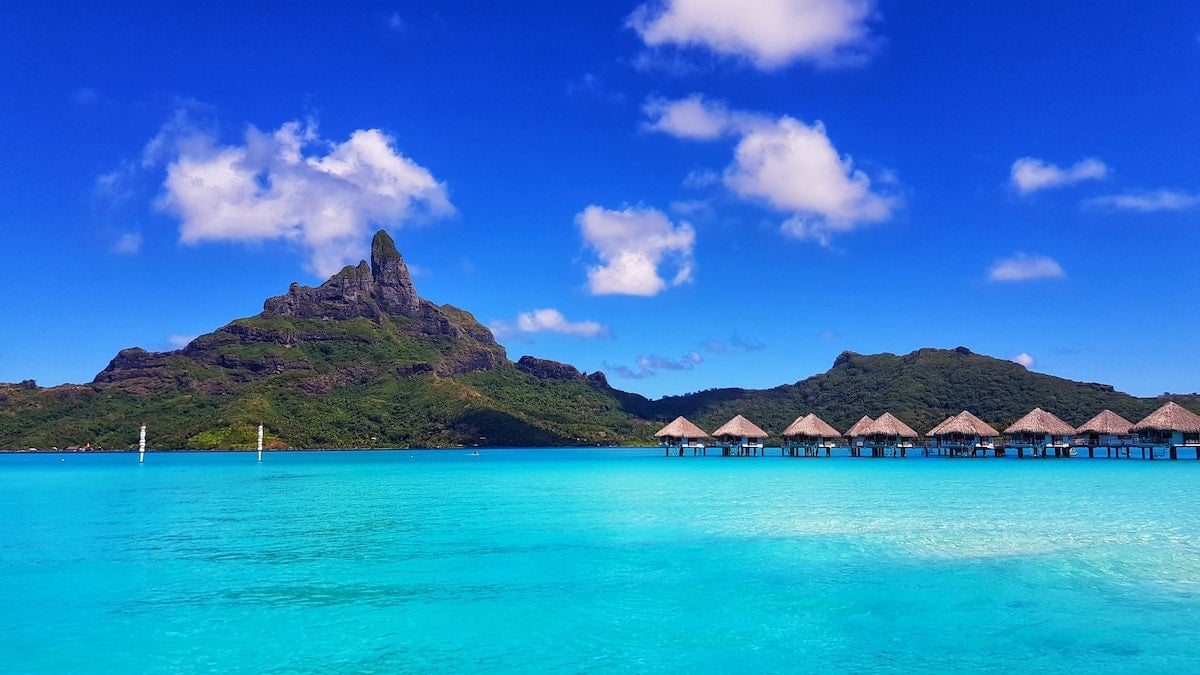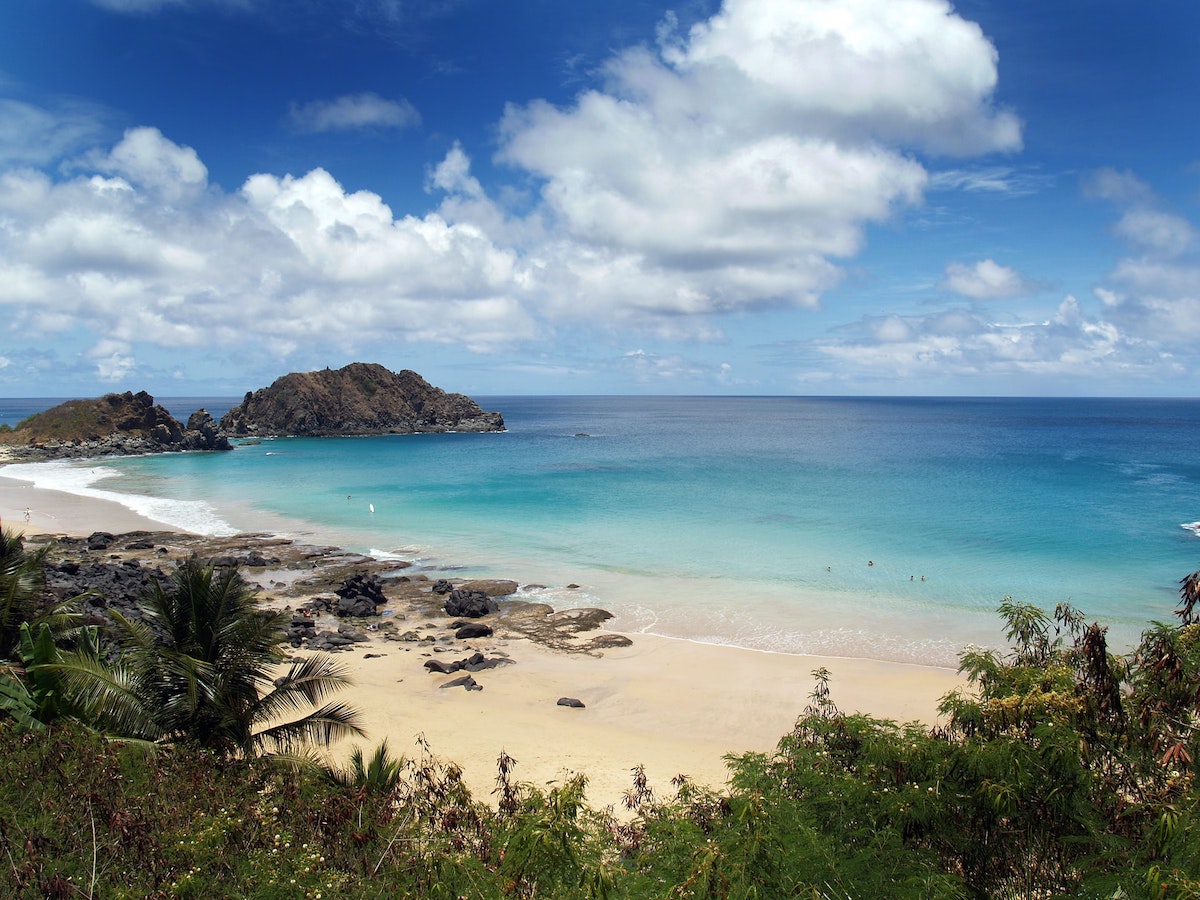News
12 Top Places to Snorkel with Dolphins
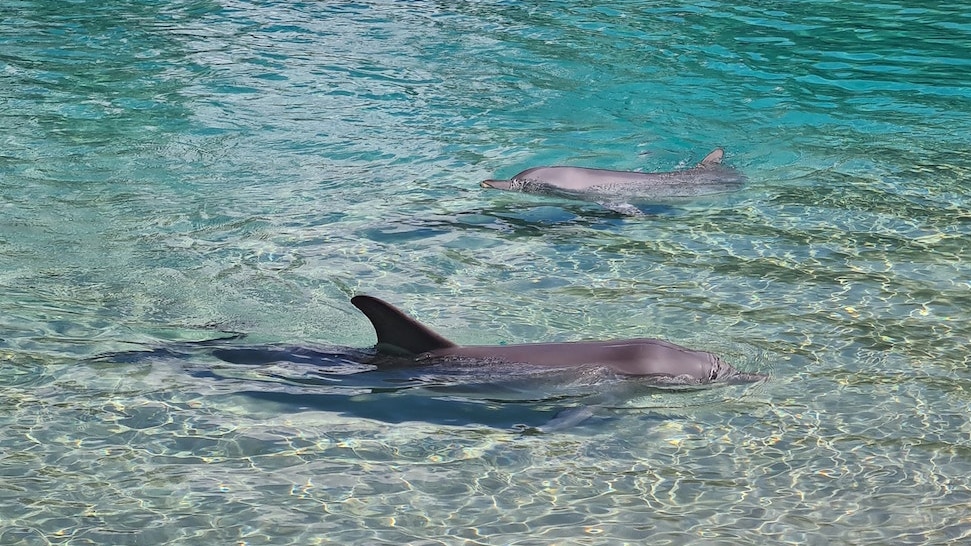
Not many experiences can match the sheer joy and fun of swimming with dolphins. These intelligent and playful creatures have captivated humans for generations with their acrobatics and friendly natures. There are numerous places where you can snorkel with dolphins and see what all the fuss is about. Whether you are looking for somewhere close to home for the whole family or an exotic getaway with idyllic snorkeling spots, we’ve got you covered in our round-up of the top places to snorkel with dolphins.
- Egypt
Egypt is known for its aquarium-like house reefs just a few steps from the shore, world-famous wrecks and exciting offshore reef dives. For the best opportunity to snorkel with dolphins, head to the Southern Red Sea.
Samadai (Dolphin House) reef at Marsa Alam is a sheltered horseshoe-shaped reef famous for its population of spinner dolphins. It is also close to the best snorkeling and diving in Marsa Alam.
Species: Spinner dolphins, bottlenose and Risso’s.
- The Bahamas
With numerous corals cays to choose from, you are spoilt for choice when visiting the Bahamas. There are plenty of places where you can encounter dolphins but the best places to spot them are Bimini and Grand Bahama. There are several resident pods present year-round there.
Species: Atlantic spotted, spinner, bottlenose and striped.
- The Azores
The Azores is one of the world’s leading whale and dolphin watching destinations. In the bright blue waters of these volcanic islands, you can swim with up to 5 different dolphin species, plus blue sharks, mantas and mobula rays.
Species: Atlantic spotted, bottlenose, striped, Risso’s and common.
- Madeira
Along with the Azores, diving in Madeira is one of Portugal’s top attractions. Known as the ‘Pearl of the Atlantic’, this subtropical archipelago has thriving reefs, deep wrecks, and is visited by 26 species of whales and dolphins.
You can swim with playful schools of wild dolphins year-round at Madeira. With some of the cleanest and clearest waters in the world, it is an unforgettable experience.
Species: Common, spotted.
- New Zealand
New Zealand has no less than 4 destinations where you can swim with dolphins and hosts 9 different dolphin species.
The popular Bay of Plenty offers dolphin swim safaris, and the rich waters there also host seals, whales, sunfish and sea turtles. Go swimming with up to five different dolphin species in the forest-draped Marlborough Sounds or swim with dusky dolphins in the shadow of Kaikoura’s rugged mountains.
For the ultimate dolphin experience, go swimming with Hector’s dolphins at the pretty coastal town Akaroa. These adorable dolphins are the smallest in the world.
Species: Common, dusky, bottlenose, Hector’s.
- Australia
Australia offers accessible swimming with dolphins on the doorsteps of its best-known cities.
Port Stephens-Great Lakes Marine Park, just 2.5 hours’ drive north of Sydney, offers dolphin swimming tours with common and bottlenose dolphins. Port Phillip Bay near Melbourne hosts resident bottlenose dolphins that often approach people in the water.
You can hang out with playful bottlenose and common dolphins at Glenelg near Adelaide, or head to Perth in Western Australia to swim with the local dolphins of Shoalwater Islands Marine Park.
Species: Common, bottlenose.
- Hawaii
Hawaii hosts an impressive array of marine life, with 25 per cent of its species found nowhere else on Earth. Its underwater treasures and lava landscapes draw people to Hawaii scuba diving every year.
Head to Oahu or Big Island to find dolphins along the coastline or join a dolphin swimming tour. Make sure you book with a Dolphin SMART operator and leave plenty of time to explore Oahu’s many top places to spot Hawaiian green sea turtles as well.
Species: Spinner, bottlenose, spotted.
- Fiji
Fiji’s rainbow-hued reefs and 300 or so idyllic islands are perfect for snorkeling adventures in search of dolphins.
Both spinner and bottlenose dolphins are found in Fiji’s warm waters and some resorts have resident dolphin pods just offshore. There are various tours you can join to swim with the dolphins, so just ask at your local Fiji dive center to find out more.
Species: Bottlenose, spinner.
- The Galapagos Islands
The Galapagos Islands sit at the top of many divers wish lists and understandably so. These wild islands offer unparalleled wildlife watching opportunities above and below water.
Diving with sharks, rays, penguins, marine iguanas, sea lions and countless fish is the norm at this UNESCO World Heritage site. Dolphins are also often seen in the water, with both bottlenose and common dolphins resident all year. Fernandina Island is one of the top places to spot them.
Species: Bottlenose, common.
- French Polynesia
French Polynesia’s rich marine ecosystems, which include a UNESCO Biosphere Reserve and the second-largest atoll in the world, are teeming with marine life, including dolphins.
From November to mid-July, large pods of spinner dolphins are found along Moorea Island’s coastline. Join a boat tour to swim with the dolphins then head to Moorea Lagoon to meet the resident stingrays and reef sharks this picture-perfect location is known for.
Species: Spinner.
- South Africa
To witness one of the world’s true spectacles, visit South Africa during the sardine run. Billions of sardines migrate along the coast of South Africa every year, attracting countless diving sea birds, dolphins, whales and sharks.
Drop into the water amongst the sardines and you can watch the pelagic action unfold, with hunting dolphins working together to make the most of this awe-inspiring feast.
Species: Bottlenose, common.
- Brazil
Fernando de Noronha in Brazil is a diving mecca that hosts some of Brazil’s best beaches and snorkeling opportunities.
Sea turtles, reef sharks, rays and dolphins gather in the clear, warm waters around this archipelago of 21 volcanic islands. At the aptly-named Dolphin Bay, hundreds of spinner dolphins gather daily to feed on the fish and socialize. Watch these acrobatic dolphins from the shoreline or join a tour to swim with them.
Species: Spinner.
Kathryn Curzon, a shark conservationist and dive travel writer for Scuba Schools International (SSI), wrote this article.
News
Book Review: Fire on Monroe Bravo by Fred Lockwood

Fire on Monroe Bravo is the latest book in the Jack Collier series by Fred Lockwood. Our story begins with our lead characters, Jack and Sandro, owners of Marine Salvage & Investigation Company, arriving on the Monroe Bravo Oil & Gas Platform in the North Sea. Having secured a contract for their vessel the MV Stavanger to act as support ship to the platform for TransGlobal Oil, our protagonists are on a celebratory visit.
However almost as soon as they arrive a series of explosions rock the platform, causing huge damage, loss of life and the very real danger of a massive human, ecological and financial disaster.

As the danger mounts for both our heroes and the surviving workers, Jack and Sandro will have to escape the inferno, all while trying to save the platform and the men still trapped unable to help themselves.
The disaster sets the scene for the unfolding story lines following the fate of the platform and our main characters, the police investigation into a suspected terrorist act and the actions of TransGlobal Oil as they attempt to navigate the pubic outcry and financial repercussions.
In his eighth book, Fire on Monroe Bravo, Fred Lockwood delivers an explosive thriller, with plenty of above and in-water drama, and our heroes fighting for survival, what more can you ask for?
We thoroughly recommend this read and look forward to the next in the series. For more information about his book series, you can check out the reviews of his previous books here on Scubaverse.
- Title: Fire On Monroe Bravo
- Author: Fred Lockwood
- ISBN: 979-8325324536
Available in a paperback version and for Kindle from Amazon and book stores.
Blogs
Alonissos: The complete diving destination (Part 1)

In June we were incredibly fortunate to be invited to dive in Alonissos, a small Greek Island in the Sporades island chain located in the North Aegean Sea. While I have long been a big fan of the Greek Islands as a great holiday destination, I had not had the opportunity to do any diving on previous visits and Mike and I were extremely excited to see what Alonissos had to offer both above and below the surface!

The Sporades are easily accessible via the airport in Skiathos (the first island in the chain), which is served by Jet2 flights from all major UK airports from May through October. Numerous ferries and charter boats make island hopping from Skiathos Town a breeze. After an hour boat ride, the picturesque port of Patitiri was a wonderful introduction to Alonissos, where we were met by our gracious hosts Kostas of Albedo Travel and Dias of Alonissos Triton Dive Center. Mike and I were delighted to be staying at the Paradise Hotel, aptly named for its stunning views over the sea and great location for walking to the waterfront.

Alonissos is beautifully situated in the National Marine Park of Alonissos and the Northern Sporades, the largest marine protected area in Europe. The surrounding seas offer fabulous marine life, including incredibly rare species such as the Mediterranean monk seal. They boast deep walls covered in gorgonians and sponges, stunning topography with caverns, swimthroughs and pinnacles, and the first accessible ancient shipwreck from 500BC!

In locations where historical sites have been reported, the waters are largely restricted, but with collaboration between government, underwater archeologists and dive centres, incredible underwater museums are being created for a truly unique diving experience. Alonissos is home to the first of these, the Ancient Shipwreck of Peristera Accessible Underwater Archeological Site. The chance to dive into history (along with reports of healthy reef life and amazing underwater topography) meant Mike and I were keen to get in the water.

Our introduction to the diving around Alonissos was at the Agios Georgios Pinnacles, in the channel between Alonissos and Skopelos. This fantastic site was named “The Chimney,’ and proved to have a huge amount to see. We got to a decent depth here (over 25m), and marvelled at a colourful reef wall with a wonderful swim through whose rocky walls were absolutely covered with life. As well as brilliant topography there was no shortage of macro life here. We saw numerous nudibranchs, five different species in total. The second dive at Mourtias reef nearby was a shallower dive along a nice wall with lots of crevices. Several moray eels and grouper called this site home. We enjoyed looking in the crevices for lobster and smaller benthic life, such as cup corals and tunicates.

Our itinerary allowed us two dives a day with afternoons left to explore the island with our hire car and evenings to enjoy the famous Greek hospitality. This proved to be a lovely mix of in-water and land based diversions.

The next days diving to the Gorgonian Gardens and Triton’s Cave was to be even better! These two stunning sites are nothing short of fabulous. The Gorgonian Gardens was a deep wall near to the Agios Georgios islands. The ever-present currents in this deep channel meant that the sea life was amazing … the namesake Gorgonian sea fans dotted the wall at a depth of 30 to 50 meters, getting ever larger the deeper we went. Above 30m was by no means less beautiful, with sponges, corals, scorpionfish, moray eels and some rare and colourful nudibranchs.

The second shallower dive of the day was to Triton’s Cave or the Cavern of Skopelos, on the east side of that island. The spectacular rock formations had wild striations both above and below the water making a truly epic topography. The cavern entrance was at 14m, and big enough for a buddy pair, winding up to 6m and passing two beautiful windows out into the blue. Emerging from the cavern, the light at the shallower depths and the incredible rock formations made for a fantastic gentle swimming safety stop and we all surfaced by the boat with massive grins.

Check out our next blog :Alonissos: The complete diving destination (Part 2)” to hear about our amazing dive on the 2500 year old Peristera Wreck!
Thanks to:
Alonissos Triton Dive Center https://bestdivingingreece.com/
Albedo Travel https://alonissosholidays.com/activities/
Paradise Hotel https://paradise-hotel.gr/
Alonissos Municipality https://alonissos.gr/en/
-

 Blogs2 months ago
Blogs2 months agoDiving With… Nico, Ocean Earth Travels, Indonesia
-

 News1 month ago
News1 month agoMurex Bangka Announce New Oceanfront Cottages & Beachfront Dining
-

 Blogs2 months ago
Blogs2 months agoA new idea in freediving from RAID
-

 Marine Life & Conservation1 month ago
Marine Life & Conservation1 month agoIceland issue millionaire whale hunter a licence to murder 128 vulnerable fin whales
-

 Marine Life & Conservation2 months ago
Marine Life & Conservation2 months agoThe Shark Trust Great Shark Snapshot is back
-

 News3 months ago
News3 months agoCharting New Waters; NovoScuba Goes Global with the Launch of their Revolutionary Dive Training Agency!
-

 Gear News1 month ago
Gear News1 month agoNew Suunto Ocean – a dive computer and GPS sports watch in one for adventures below and above the surface
-

 Marine Life & Conservation Blogs2 months ago
Marine Life & Conservation Blogs2 months agoBook Review: Plankton


